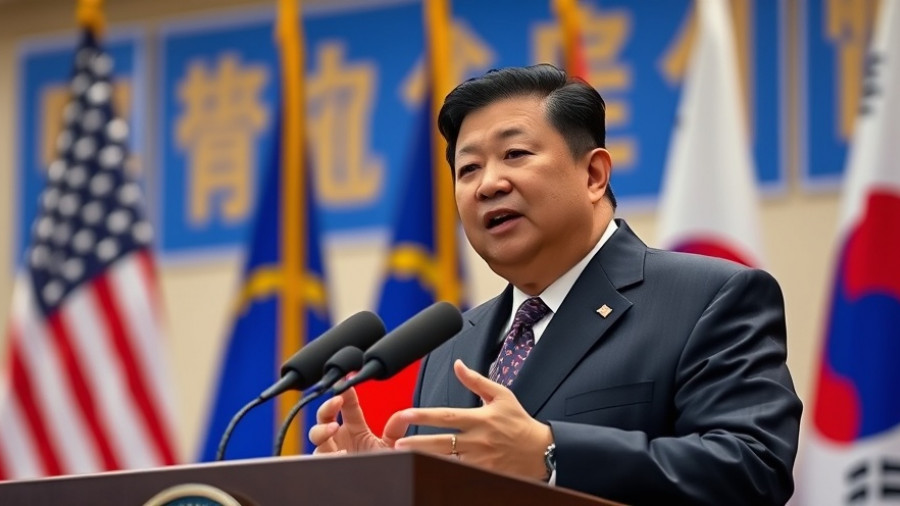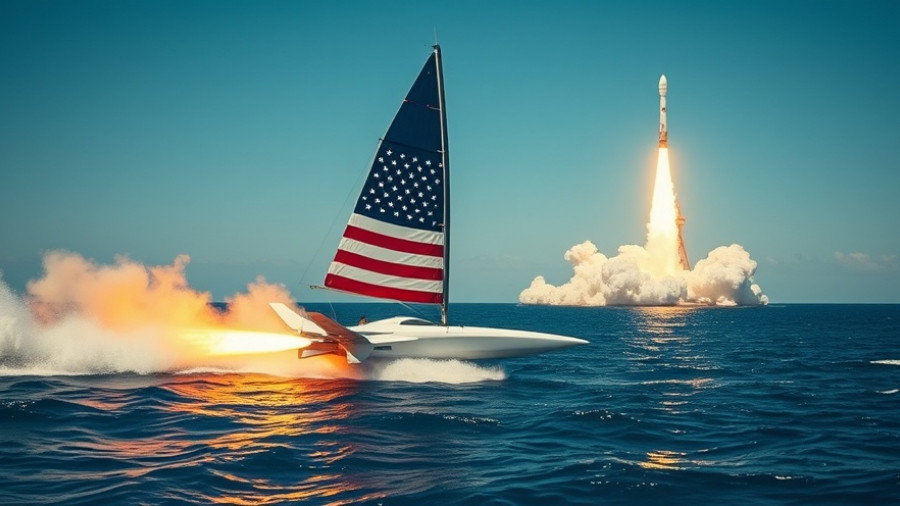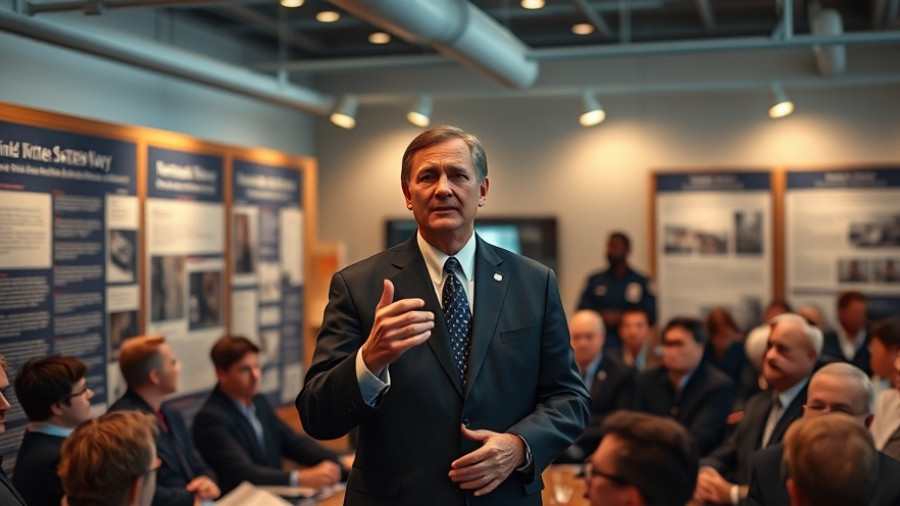
USNS Comfort's Role in Humanitarian Missions
In an inspiring testament to service and commitment, the USNS Comfort has recently completed its mission in Ecuador, showcasing the vital role military vessels play in humanitarian endeavors. This ship, part of the US Navy's hospital fleet, has embarked on what is known as the CP25 mission, aimed at providing essential medical care and support to underserved communities. The Comfort's journey highlights not only the challenges faced in delivering healthcare but also the remarkable resilience and warmth of those it serves.
What Makes the CP25 Mission Special?
The CP25 mission has been particularly significant as it emphasizes the importance of Navy-supported humanitarian efforts in international waters. During its stop in Ecuador, thousands of local residents accessed various medical services, ranging from dental care to surgical procedures, demonstrating the profound impact such initiatives can have on communities in need. As the Comfort moves from port to port, it serves as a floating hospital, bringing hope and healing to those who often go without.
Community Engagement: A Heartwarming Connection
Perhaps one of the most touching aspects of this mission is the connection established between the medical staff aboard the Comfort and the local communities. Navy personnel often participate in local events, engaging with residents and contributing to a sense of collective goodwill. Such interactions not only enhance the mission but also foster friendship and understanding between different cultures. The Comfort’s medical teams have shared not only their expertise but also their hearts, embodying the spirit of service.
Looking Ahead: Future of Naval Humanitarian Aid
As the USNS Comfort continues its journey, the future of naval humanitarian missions looks bright. With plans for further outreach initiatives, navy-supported healthcare might expand even further into rural areas, prioritizing assistance for those who are often forgotten. Experts suggest that these missions not only bring essential medical care but also promote cooperation and diplomatic ties between the United States and the nations it helps, reinforcing a message of solidarity across borders.
Engaging, Inspiring, and Life-Changing
The USNS Comfort’s recent experience in Ecuador is not just about medical services but about building community bonds and shared values. It is a reminder of the human spirit’s ability to overcome difficulties through compassion and collaboration. As the Comfort sails on to its next mission, it carries with it the stories of hope from Ecuador, leaving a lasting mark on both its crew and the communities it serves. We can take inspiration from these efforts and recognize the importance of extending our hands and hearts to help those in need both locally and worldwide.
 Add Row
Add Row  Add
Add 




Write A Comment